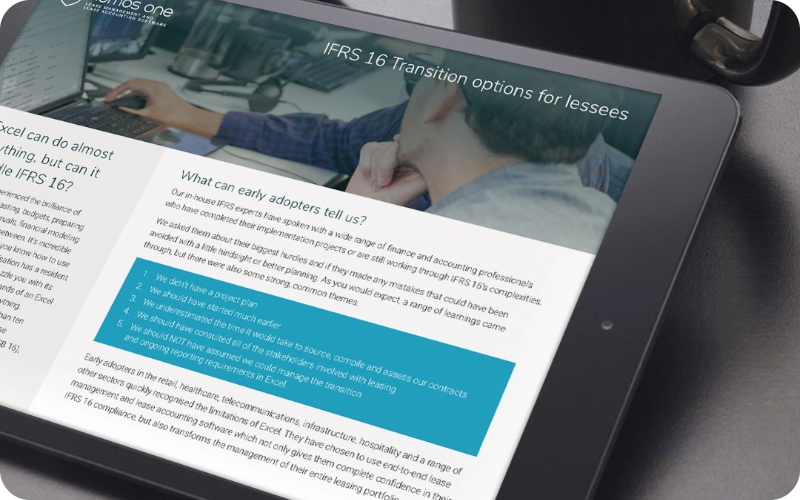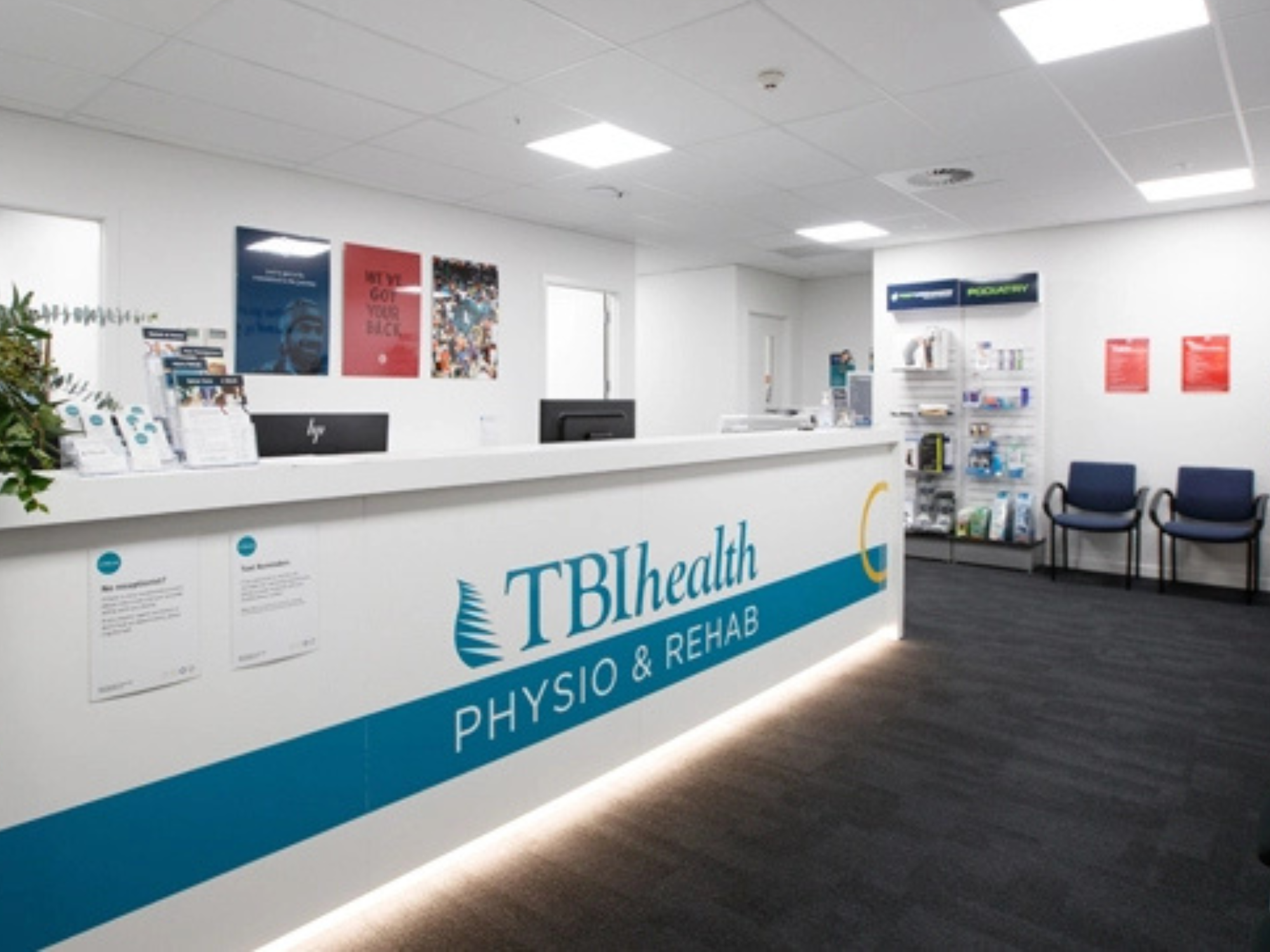Managing leased assets in the healthcare sector presents a unique and often underestimated challenge. Unlike other industries, where lease management typically revolves around retail or office spaces, healthcare organisations must juggle a broader and more sensitive portfolio. From hospital campuses and outpatient clinics to aged care facilities, specialist medical centres, and high-value leased equipment, the scope of what must be monitored and maintained is vast. And because healthcare delivery is deeply reliant on operational continuity, even minor oversights in lease management can have significant consequences, not only financially, but in terms of patient safety and organisational risk.
Despite these high stakes, many healthcare organisations still manage their leases using outdated systems or disjointed processes. Lease agreements may be stored across different departments, lease terms tracked manually on spreadsheets, and critical milestones like rent reviews or renewal deadlines managed by email reminders, all of which create unnecessary risk and inefficiency. In this article, we explore why healthcare lease management is so complex, why it plays a strategic role beyond compliance, and how to choose a technology solution that brings clarity and control to your operations.

Healthcare lease management challenges
Healthcare real estate portfolios are anything but uniform. A hospital, for instance, may lease a variety of spaces: clinical buildings, temporary treatment areas, on-site retail, and even parking facilities. In parallel, it might lease medical equipment such as MRI scanners, dialysis machines, or mobile diagnostic tools, which come with their own maintenance obligations and usage restrictions. Aged care providers and clinic networks add yet another layer of complexity with numerous smaller sites spread across cities or regions, each with different lease terms, landlord relationships, and regulatory considerations.
Unlike in sectors where a missed rent review may only result in a budget overrun, in healthcare, a missed lease expiry or unnoticed clause can directly disrupt care delivery. Imagine a facility where a lease was not renewed on time, and relocation is required. Patients might need to be transferred, staff reassigned, and treatment plans interrupted, not to mention the reputational damage and cost of setting up operations elsewhere. Because healthcare real estate is integral to the provision of continuous care, the margin for error is virtually nonexistent.
Furthermore, healthcare leases often involve rigorous compliance obligations. These may include building codes, environmental standards, accessibility laws, or specific health regulations, such as maintaining sterile zones or ensuring uninterrupted power supply. If lease terms aren’t clearly understood or regularly reviewed, it’s easy to fall out of compliance, which can expose an organisation to legal penalties or even force a facility to temporarily shut down. Keeping track of these obligations across multiple locations is a challenge that requires more than just diligence - it needs robust systems that help ensure nothing falls through the cracks.
Strategic importance of lease management
In a healthcare setting, effective lease management is a strategic enabler. It supports operational continuity, enables financial control, and gives decision-makers the data they need to plan and grow confidently.
One of the most powerful benefits of strong lease oversight is visibility. When healthcare leaders have access to centralised, up-to-date information about their entire lease portfolio, they can make informed decisions about everything from expansion plans to cost-saving opportunities. For example, by analysing occupancy data and lease terms across all sites, an aged care provider may identify underutilised locations or spot emerging trends that inform where to open a new facility. They might also renegotiate more favourable terms based on lease history, market data, or consolidated purchasing power.
Lease management also plays a key role in financial forecasting. Rent payments, renewal options, outgoings, and other lease-related costs often represent a significant portion of a healthcare organisation’s budget. Without a clear, real-time view of these obligations, budgeting becomes guesswork and long-term planning suffers. Conversely, when lease data is centralised and connected to financial systems, organisations can track actual spend against forecasts, respond to changes quickly, and align their lease portfolio with their broader financial strategy.
Risk management is another strategic advantage. By tracking upcoming expirations, rent reviews, or compliance requirements in advance, healthcare property teams can take proactive steps rather than reacting to emergencies. Lease-related risks, such as overlooked maintenance clauses, disputes with landlords, or ambiguous contract language — can be flagged and addressed before they escalate. In a sector where continuity and reputation are paramount, this type of foresight is invaluable.

Choosing the right lease management solution
Given the complexities and strategic importance of lease management in the healthcare sector, choosing the right technology solution is essential. Yet not all lease management systems are created equal, and many generic platforms fall short when applied to the unique needs of healthcare organisations.
Centralised lease repository
The ideal solution should offer more than just digital document storage. It should enable healthcare property teams to centralise all lease data in a single platform, with the ability to track lease terms, monitor obligations, and trigger reminders for key events such as expirations, renewals, and rent reviews. Given the number of stakeholders involved, including legal, finance, facilities, and compliance teams, the system should also support seamless collaboration, with custom permissions and clear audit trails.
Customisable reporting
Real-time reporting is another critical feature. Healthcare organisations must be able to generate reports on lease costs, portfolio performance, and upcoming milestones at any time, without relying on manual data entry or reconciliation. These reports should be customisable, exportable, and easily shareable with executives or auditors.
Security and scalability
Most importantly, the software should be scalable and secure. Whether you’re managing ten leases or ten thousand, the system should support your growth without performance issues. And because healthcare data is sensitive, it’s vital that the platform adheres to high standards of data security and privacy.
Nomos One was designed with these principles in mind. Built to serve organisations with complex, multi-site portfolios, Nomos One helps healthcare property teams gain full visibility and control over their leased assets, from facility space to specialised medical equipment. It replaces spreadsheets and siloed systems with a single source of truth, automates time-consuming workflows, and delivers the insights your team needs to stay ahead of risks, compliance, and strategic planning. By embracing a modern, purpose-built lease management solution, healthcare providers can transform this often-overlooked function into a source of clarity, continuity, and control.
Ready to take control of your healthcare lease portfolio? Download our Healthcare Lease Management Guide, a practical resource created specifically for property managers and operations leaders in hospitals, clinics, and aged care. Learn how to streamline your portfolio, reduce risk, and stay one step ahead of regulatory compliance at all times.

























